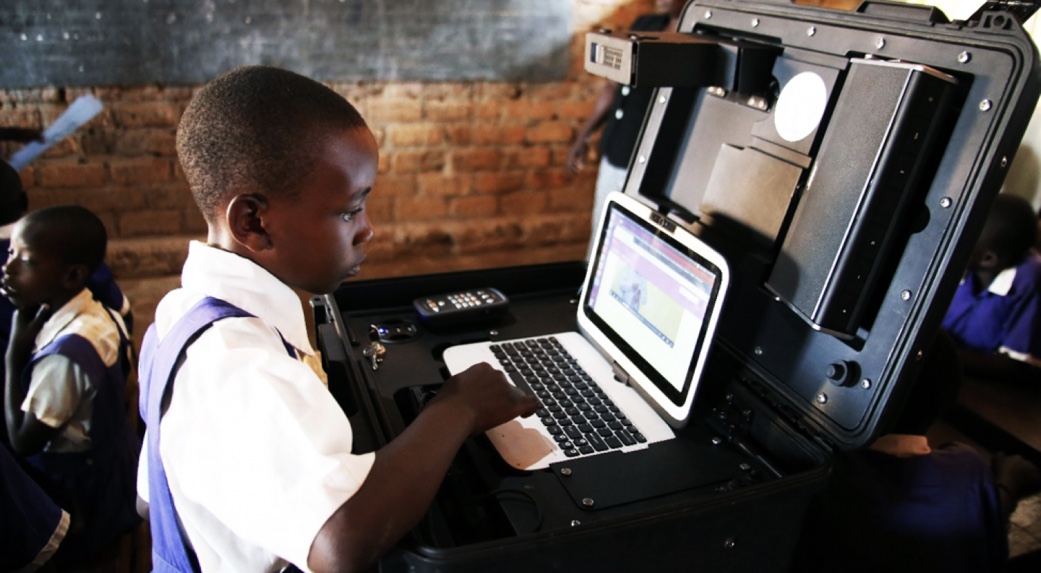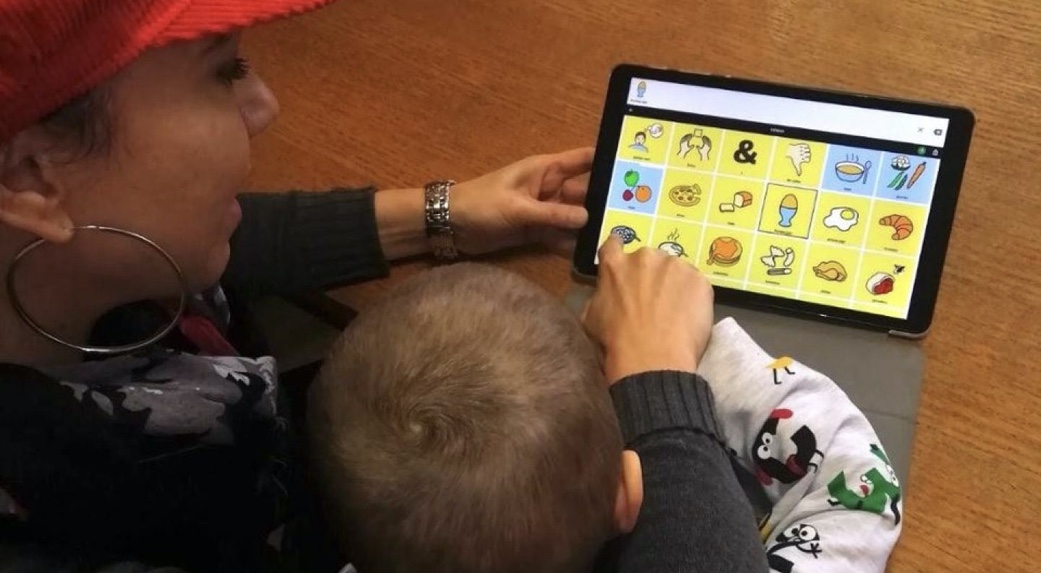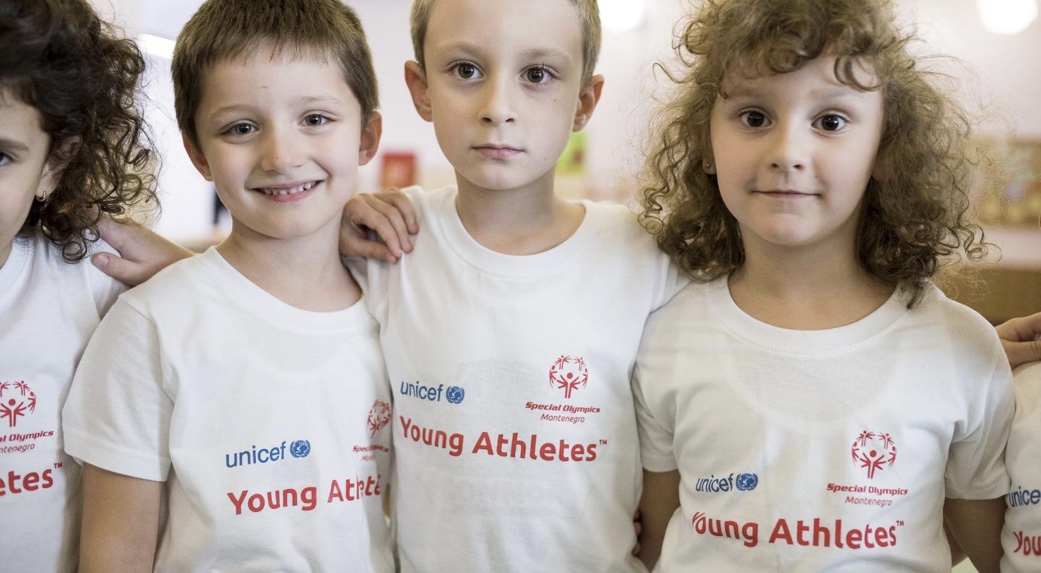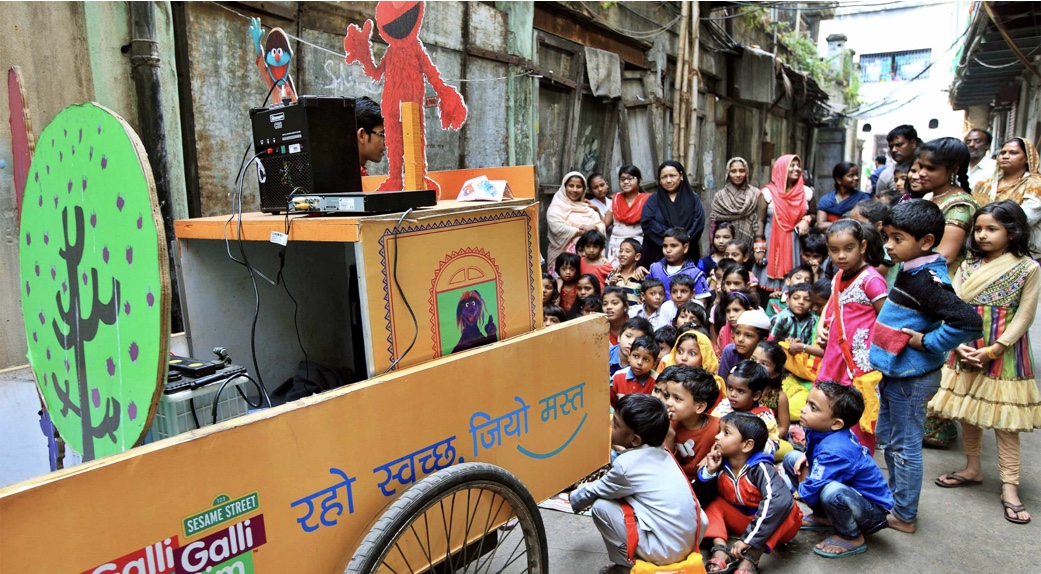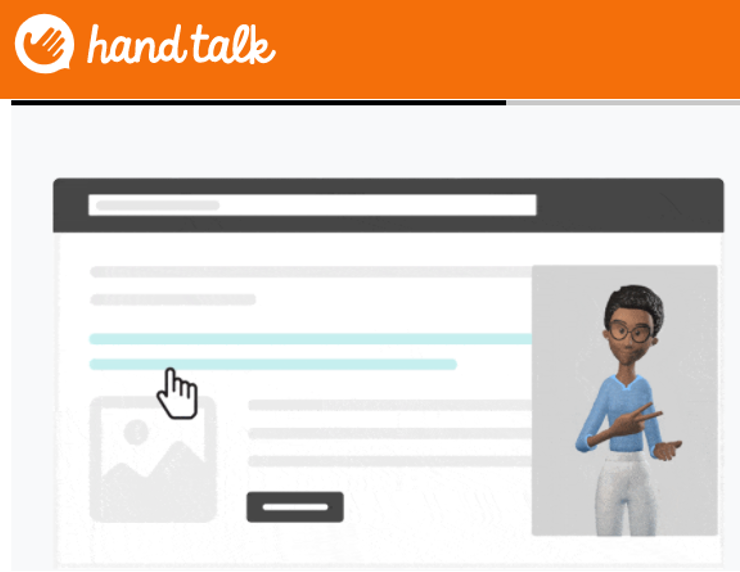Implementation Examples
The following implementation examples demonstrate different models for the deployment of accessible digital content and tools in low and middle income contexts. They focus on examples where technology has played a role in the success of the project.

